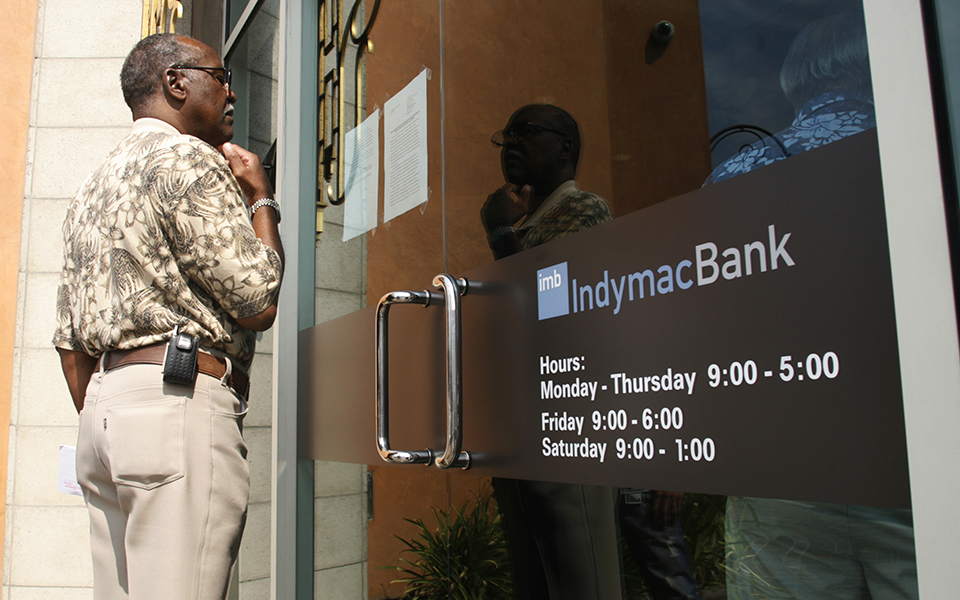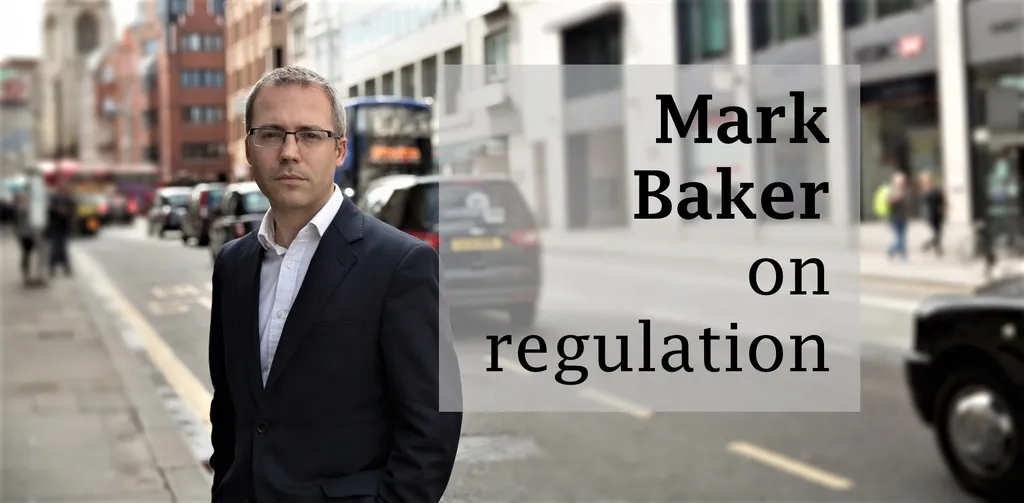Everyone knew that March 2023 would have consequences. Everyone knew that there was no way that US banking regulators would sit back and do nothing to try to divert blame for the manifest failings of supervision that led to banks of considerable size being allowed to ignore the most basic of asset-liability mismatches.
“A one-size-fits-all approach to regulation is coming soon,” we predicted on March 20, in the midst of the chaos surrounding Silicon Valley Bank.
And so it has.
First came the so-called ‘Basel IV’ requirements, the US’s long-awaited final implementation of Basel III that extended many of its exciting features to a broader range of banks, down to balance sheets of $100 billion. This also introduced the requirement that unrealized losses on available-for-sale securities portfolios should be reflected in regulatory capital calculations for those banks.
The logic of this is that while it was bank deposit runs that were the immediate causes of the collapses of Signature Bank and Silicon Valley Bank, and of the closure and sale of First Republic Bank to JPMorgan, those runs were triggered by fears of capital inadequacy in the event that banks had to dispose of securities portfolios at a loss. The fact that they were all hugely reliant on uninsured deposits only made the situation worse.
The crisis of March brought a recognition that the banking system might be vulnerable to weaknesses at smaller banks as well as the very biggest
And now this week we have had the latest regulatory broadside. On August 29 there was a tripartite announcement from the US Federal Reserve, the Office of the Comptroller of the Currency (OCC) and the Federal Deposit Insurance Corporation (FDIC) that will doubtless have shaken up even the most pessimistic of observers.
The snappily titled proposed rule relates to ‘Long-term Debt Requirements for Large Bank Holding Companies, Certain Intermediate Holding Companies of Foreign Banking Organizations, and Large Insured Depository Institutions’, according to the invitation for public comment.
In short, it means that smaller banks will now have to issue loss-absorbing long-term debt in a similar way to how globally systemically important banks (G-Sibs) are already treated. It also encompasses new rules around resolution plans.
In that sense, the new measures are at least consistent: the crisis of March brought a recognition that the banking system might be vulnerable to weaknesses at smaller banks as well as the very biggest if those weaknesses were to trigger a broad loss of confidence.
The FDIC reckons that banks would have to increase issuance by about 25% to comply with the requirements, equivalent to about $70 billion. They would have three years to comply.
Shaped by 2008
Well, we were warned. As long ago as October 2022, the same regulatory authorities floated the possibility of a long-term bail-in debt requirement to tackle the risks posed by big institutions that fell below the G-Sib threshold.
And then, a couple of weeks ago, FDIC chairman Martin Gruenberg gave a speech at the Brookings Center on Regulation and Markets in which he returned to a theme he had broached in the same room four years earlier: the resolution of large regional banks.

As he reminded his audience this year, his point back then had been that while regional banks were not as complex and internationally active as the G-Sibs, they would still present resolution challenges that could lead to risks to financial stability.
Gruenberg’s views on this have been shaped markedly by the global financial crisis of 2008, and specifically by the differing fates of Washington Mutual – which, at $300 billion, was the biggest bank failure in the US – and that of IndyMac Bank, which was just one 10th the size of WaMu.
Both institutions collapsed in 2008, but while WaMu’s resolution cost the FDIC and depositors nothing, IndyMac’s cost the FDIC $12 billion and hit depositors. And one big reason for that difference, Gruenberg argues, was that WaMu had enough debt to absorb its losses, while IndyMac had none.
There are other pressures too, and some that didn’t exist back in 2008. It might seem faintly ridiculous to read in the new proposal that it took FDIC research to show that “account holders with uninsured deposits are more sensitive to negative news regarding the stability of their banks and are more likely to withdraw funds to protect themselves than those holding only insured deposits”, but there it is.
Likewise for the shock finding that “the sensitivity of uninsured depositors to information flows has been amplified by social media, potentially further shortening the timeline between a banking organization experiencing a negative news event and being faced with a potential deposit run.”
I guess so.
The regulators say that the main benefit of such loss-absorbing debt would be in a resolution situation itself, but they also think it would benefit institutions before that point. “Considering its long maturity, [long-term debt] would be a stable source of funding and, in contrast to other forms of funding like uninsured deposits, may serve as a source of market discipline through pricing,” they write in their proposal.
Those comments seem to acknowledge that such pricing is yet another way for a lack of confidence in an institution to be displayed, but perhaps that is for the best. Long-suffering staff in Deutsche Bank’s treasury team prior to 2018 might beg to differ, though.

Pass me the scattergun
Anyway, it will surprise precisely no one to hear that the Bank Policy Institute (BPI), a lobby group for the industry, does not like the new approach at all. It argues that messing around with resolution plans and new forms of debt issuance for mid-sized banks misses the real point, which is that the crisis in March was caused by management and supervisory failures to do with liquidity and interest-rate risk.
Well, yes… and no, depending on your point of view.
Yes, in the sense that the proximate cause of the March crisis was indeed those failures. But also no, in the sense that it can also be reasonable to require a fairly simple-to-understand method of loss absorption in times of difficulty, not least to stave off contagion fears.
After all, the two are not mutually exclusive, and regulators must deal with the world as it is, not as people would wish it to be. As we reported in June, Federal Reserve Bank of Minneapolis president Neel Kashkari is just one who has talked of the value of simplicity in addressing risks – he was calling for more equity capital.
But then again, the new requirement is not happening in isolation. It is coming alongside those Basel IV capital requirements for the same cohort of banks, and so piles on yet more issuance to be sold to bank investors – and at a time when the cost of debt is higher than it has been for a long time.
It is one of the peculiarities of banks that measures supposedly designed to make them safer can actually have the opposite effect if those investors judge the measures to be damaging to banks’ ability to make money
It is one of the peculiarities of banks that measures supposedly designed to make them safer, and which would therefore be expected to lower the cost of funding because they have lowered the risk to investors, can actually have the opposite effect if those investors judge the measures themselves to be damaging to banks’ ability to make money – which is the ultimate arbiter of whether they are viable or not.
For banks that lack the scale of a JPMorgan – whose chief executive Jamie Dimon never misses an opportunity to rail against regulators but also knows he can, in the end, absorb additional requirements in a way that many cannot – the next few years could be a brutal test of precisely how that dynamic plays out.
Gruenberg told his Brookings Center audience that he and his fellow regulators were learning lessons that they perhaps should have learned in 2008. Now they had another chance, and “this time I don’t think we’ll miss,” he said.
That is the thing about carpet-bombing – you don’t miss. But as the BPI will tell you, missing is not the only thing to be concerned about.




